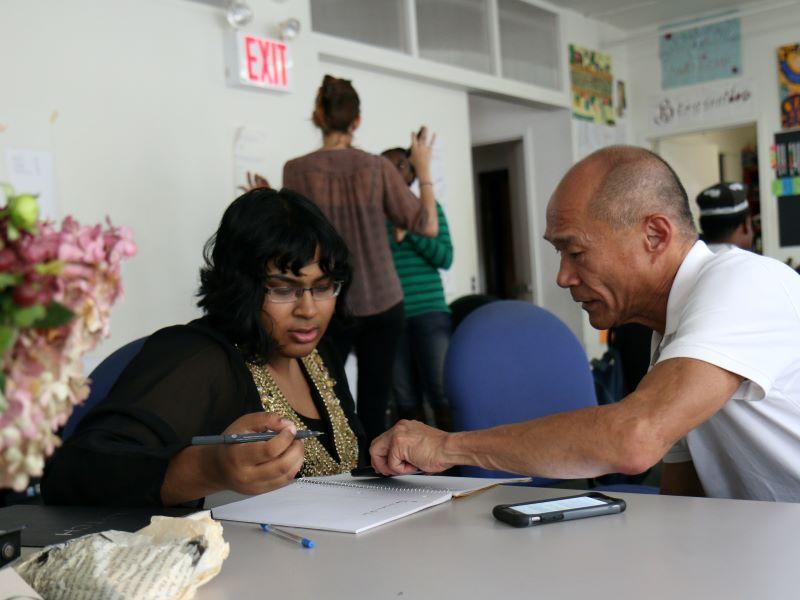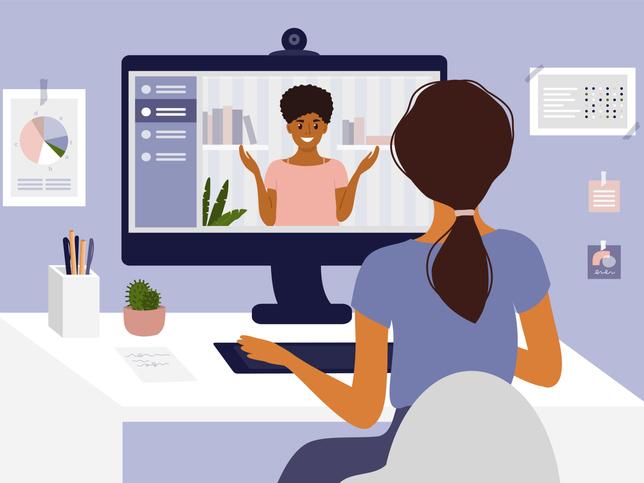
Learning by doing: practical tips from a decade of making Moocs
As we look back over 10 years of producing massive open online courses (Moocs), we can be very proud of our achievements, with the 100 courses reaching more than 4.5 million students all over the world. As part of our commitment to open education, more than 1,000 of the videos we produced have been shared as open educational resources (OERs): freely downloadable, editable and reusable under Creative Commons licences.
We have built our capacity to support academic colleagues with a professional online course production service, staffed by world-leading instructional designers, media producers, managers and marketers, following well-defined processes. We share this expertise through short courses looking at skills such as how to design online courses and how to create instructional videos.
So while we can now celebrate these successes, like all good learning journeys, the route getting here was not direct. There were, inevitably, what some might call mistakes, but we call valuable learning experiences. Either way, the messy underside of progress is rarely what professionals like to shout about. In our continued spirit of openness, here we share with you a handful of things that we learned the hard way over the past decade.
Work with multiple learning platforms
Partnering with three Mooc providers, Coursera, edX and FutureLearn, has been part of an experimental, research-led and creative strategy for digital education at the University of Edinburgh; however, operationally it has been challenging, to say the least. With different contracts and terminology, multiple learner and course analytics for reporting, varied pricing structures and relationships to maintain, we have cursed the complexity it brings on more than one occasion.
- Resource collection: Breaking the rules of higher education for better results
- Resource collection: The business of online education
- Towards 2035: a future view of university education
Yet this approach has brought many longer-term benefits: different providers reach different markets and learners with different preferences, giving a university flexibility, choice and increased exposure. Mooc partners’ ownership, values and business models change over time, so it helps if one’s eggs are not all in one basket. Institutions should spread their business and risk while widening their market by dual listing or running the same courses on different platforms. We recently breathed new life into one of our older FutureLearn courses, which looks at football’s role in global society, by relaunching it on Coursera.
Develop content offline first
Good content authoring management processes are essential. It’s tempting to build courses directly in-platform, using it as both the site for collaborative authoring and a “golden copy”. We quickly realised that this was a bad idea when one of our partners upgraded with no direct mechanism for migration. As a result, we moved development to offline templates, trying always to keep them as up-to-date as possible. This off-platform golden copy approach pays dividends when you want to share and deliver courses in different formats and places.
Get your copyright and open licensing in order from the start
We now share all of our media as open educational resources (OER) under Creative Commons licences, but this wasn’t always the case. We started making Moocs in 2013 and didn’t adopt a consistent OER policy until 2016. We always ensured that copyright was cleared for our use, but we didn’t always have open licensing in mind when sourcing pieces of content such as music and images.
Don’t let creatives tell you that you can’t get decent quality music or course images under an open licence; or academics tell you that there are no alternatives to restricted licence works. There almost always are, and if there aren’t, then you need to think hard about whether this is the right course for an open offering. It can require a bit of creative thinking, but being able to reshare this work forward puts the “open” back into Mooc.
By sorting our golden copy and licensing, we have been able to efficiently repurpose and offer courses such as Fundamentals of Music Theory as an open course on Coursera, as a set of OERs, as a 20-credit undergraduate course and as an open textbook.
Take the Marie Kondo approach to media file management
Get your media management processes sorted out early on and keep only what you need. Video takes up a lot of digital space, and improvements in resolution over the past 10 years have seen storage requirements skyrocket. If, like us, you start out using external hard drives backed up on to network storage space, it will not be long before you are faced with a worrying mess of external devices and clogged-up online folders. We moved to a dedicated server-based content management, editing, backup and archive system before the pandemic. Student interns helped us get legacy media into the system, so our media producers now have a vast, managed online archive conveniently at their disposal from wherever they are working.
Don’t fool yourself into thinking that everything is useful
We spent a few years keeping all the rushes (raw footage) from every shoot, until it dawned on us that any future niche market for academic blooper reels is outweighed by the ongoing storage costs. So be selective about what you keep, and consider if it is likely to prove useful. We save valuable rushes and share many under an open licence. If you’re interested in using any of our materials, have a look at our Stock Media Footage or our Pexels account.
These are just a few things we’ve learned, and hopefully they can be of some use to those planning and managing similar open online course projects at other institutions. Equally, if you’re producing media for smaller, individual endeavours, hopefully we’ve pointed you to some useful resources. Please make use of our openly licensed media; and browse our “how to” guides to find out more about how to share or reuse content with Creative Commons licences.
Stuart Nicol is head of educational design and engagement and Fiona Buckland is learning technology team manager, both at the University of Edinburgh.
If you would like advice and insight from academics and university staff delivered direct to your inbox each week, sign up for the Campus newsletter.




